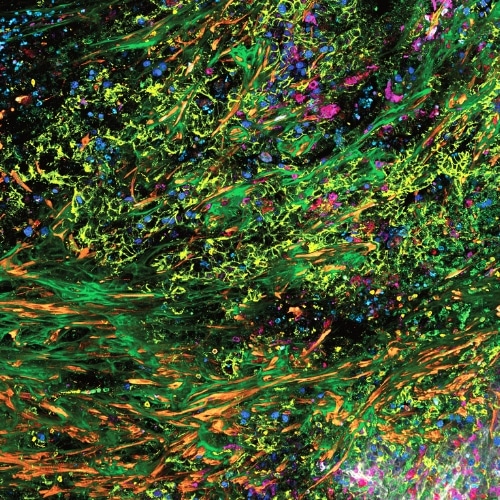
Overcoming the High Multiplexing Barrier: 3D Spatial Omics in One Go
Julia Roberti
Senior Product Manager, Advanced Microscopy, Leica Microsystems
Read BioJulia Roberti studied Chemistry at the University of Buenos Aires, focussing on the characterization of luminescence of lanthanide complexes and developing boron quantification methods for boron neutron capture therapy (BNCT) of cancer. She obtained her PhD from the Max Planck Institute for Biological Chemistry, Göttingen, developing in vitro and in situ fluorescence labeling strategies to elucidate the oligomerization and aggregation mechanisms of the Parkinson's disease-associated protein alpha-synuclein. She joined Leica Microsystems in 2017 as Product Manager for advanced confocal imaging.
Close
Luis Alvarez
Application Manager, Life Science Research, Leica Microsystems
Read BioLuis Alvarez studied Physical Chemistry at the Université Paris-Sud XI in Orsay. He worked on molecular quantitative imaging in live cells, focusing on fluorescence lifetime imaging and the effects of reactive oxygen species (ROS) on fluorescent proteins. In 2010, Luis moved to University College Dublin, where he worked on host-pathogen interactions in collaboration with the National Children Research Centre and studied how mucosal immunity uses ROS to respond to bacterial pathogen infections. Luis joined Leica Microsystems in 2019 as a product application manager for functional imaging.
CloseUnlock the power of STELLARIS confocal technology with SpectraPlex 3D to master high-multiplex experiments and push the boundaries of 3D spatial omics.
In this webinar, you will learn:
- How to access 3D spatial information using 15+ markers in one go to expand the information you can capture across scales;
- How to design your experiment in advance, and explore and optimize panel options with the integrated functionalities;
- How to manage data with minimal human interaction with intelligent guidance on setting up acquisition and performing the experimental controls.
The STELLARIS confocal platform offers significant advancements for high-multiplex strategies by integrating a tunable white light laser (WLL) with an excitation range from 440 nm to 790 nm and up to five highly sensitive, photon-counting spectral detectors.
This configuration enables complete flexibility in detection from 410 nm to the near-infrared (NIR) spectrum, accommodating a broad array of fluorophores and optimizing their combinations for complex imaging tasks.
In this webinar, see what the new SpectraPlex 3D high-multiplex solution for the STELLARIS confocal platform can do.
We will detail the experimental design and considerations for executing high-multiplex experiments with 15+ fluorophores on a single sample, including the selection of optimized panels and the inherent challenges associated with these approaches.
We will also address the technical aspects of imaging high-multiplex samples in a single round of labeling and imaging, demonstrating its application for 3D spatial omics.
You will get a comprehensive understanding of how these technologies can be leveraged to generate detailed spatial omics data, thereby advancing the field of spatial biology.
